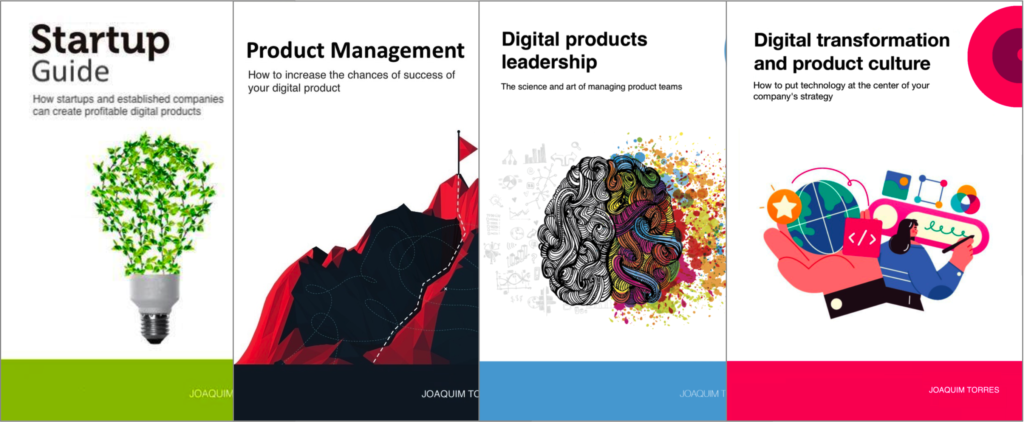Being a PM is an exercise of leadership
27 de May, 2008Top 10 Agile Team Management Practices
10 de June, 2008I already talked about this issue previously, but I recently read a post about the same topic at InfoQ that brings more insights to the question:
Forces that tend to Shorten
- No Changes: The rule of no scope changes during the current sprint. This means the organization must be able to wait on average 1 1/2 sprints before asking for a change.
- Closure: The end of a sprint creates a good feeling, it’s a chance to celebrate the team’s accomplishments before starting all over again (Ilja Preuss).
- Feedback: This is the chance to reflect on the work completed and how the team performed. More frequent feedback means smaller course corrections each time. (Ilja Preuss)
- ROI: Every sprint provides an opportunity to deploy new features. (Ilja Preuss)
- Reliability of Commitment: With shorter sprints it’s easier to tell if the commitment can be meet. With longer sprints team the team is more likely to over-commit, thinking they should be able to get that story done. (Paul Oldfield).
Forces that tend to Lengthen
- Getting to “Done”: In some environments it can be technically challenging to get a story finished in a short sprint. (Ash Tengshe).
Workshops, coaching, and advisory services
I’ve been helping companies and their leaders (CPOs, heads of product, CTOs, CEOs, tech founders, and heads of digital transformation) bridge the gap between business and technology through workshops, coaching, and advisory services on product management and digital transformation.
Digital Product Management Books
Do you work with digital products? Do you want to know more about managing a digital product to increase its chances of success, solve its user’s problems, and achieve the company objectives? Check out my Digital Product Management books, where I share what I learned during my 30+ years of experience in creating and managing digital products:
- Digital transformation and product culture: How to put technology at the center of your company’s strategy
- Leading Product Development: The art and science of managing product teams
- Product Management: How to increase the chances of success of your digital product
- Startup Guide: How startups and established companies can create profitable digital products

